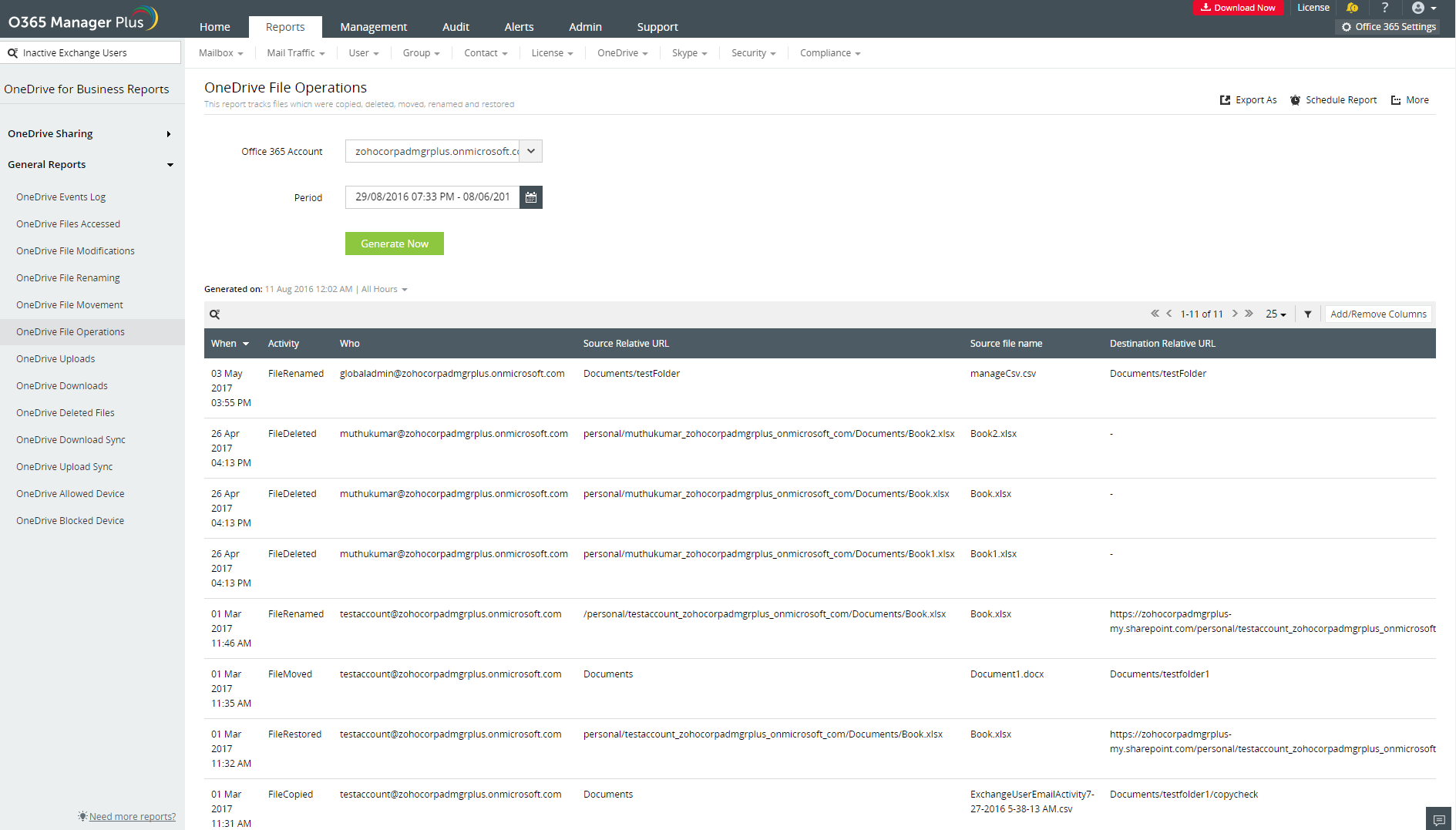

Maintaining a policy of minimum privilege, which involves only equipping users with necessary access rights, is an important best practice for Active Directory sites and services. If privileged users are exploiting their permissions, they may leak confidential data, either maliciously or unknowingly. To help you separate the inconsequential from the critical, here’s a list of the top 10 Active Directory elements you should be auditing.Īctivities performed by privileged users 1. There are many Active Directory best practices to consider, which leaves people wondering what their Active Directory security audits should be reporting on. What Should Active Directory Audits Report On? Organizations serious about cybersecurity, operational efficiency, and compliance often use a strict Active Directory audit policy and adhere to Active Directory best practices. Regulations like SOX 404 mandate that certain companies implement policies and controls to facilitate the quick identification and rectification of application faults.

In the case of audits helping companies improve IT operations, an audit might expose circular nesting or token bloat, which can hang or slow down applications.įor many institutions, Active Directory auditing is not simply encouraged but required.
To preserve, protect, and improve IT operationsĪs an example of how an audit might protect a company from cybercrime, an Active Directory security audit might reveal one or more deeply nested groups, which represents a vulnerability an attacker could exploit to access network resources. To protect Active Directory from cybercriminals. Why Do You Need an Active Directory Security Audit?Īctive Directory auditing enables you to significantly reduce security risks by assisting in flagging and remediating any toxic conditions associated with your directory.Ĭompanies perform Active Directory security audits for many reasons, including: Fortunately, Active Directory auditing best practices and Active Directory groups best practices can help SysAdmins overcome these problems, which brings us to why you need an Active Directory security audit. To achieve comprehensive coverage, you must enable the auditing of any notable events to ensure your security event log has accounted for them.Īlthough Active Directory’s purpose is to simplify an organization’s identity management operations, the visibility limitations of Active Directory’s default settings can cause problems for sysadmins. However, by default, Active Directory doesn’t audit all your security events. You can then analyze this information to determine and report on your AD’s overall health.Īn Active Directory security audit is essential to achieving regulatory compliance and robust cybersecurity because it allows you to review access rights to important resources and monitor who is creating new accounts. What Is an Active Directory Security Audit?Īctive Directory auditing refers to the practice of collecting information on your Active Directory attributes and objects. You’ll also learn what elements should be included in an Active Directory audit and what tools you can use for reporting the status of Active Directory services.įor its user-friendliness and comprehensive range of features, SolarWinds ® Security Event Manager (SEM) tops our list of the best Active Directory auditing tools. This article will be useful if you need to know if the computer environment you manage needs an Active Directory security audit. This article will detail essential Active Directory auditing best practices and provide recommendations for the best Active Directory auditing tools. 
To ensure the health and efficiency of your Active Directory, it’s crucial for you to engage in proper Active Directory auditing and reporting best practices.
USER ACTIVITY AUDIT IN REAL TIME WINDOWS
Active Directory (AD) is a foundational element of any Microsoft Windows environment because of the part it plays in authentication, access management, account management, and authorization.







 0 kommentar(er)
0 kommentar(er)
